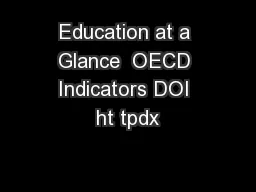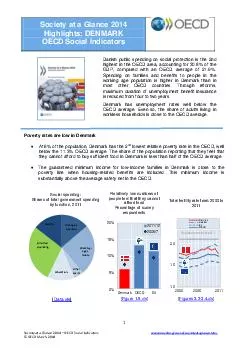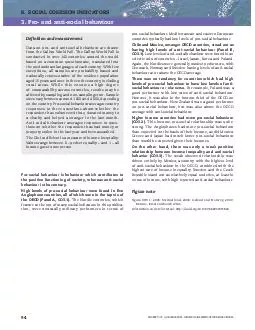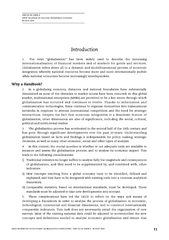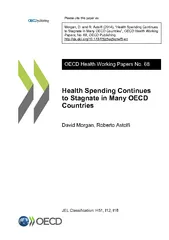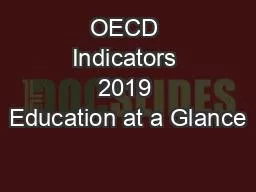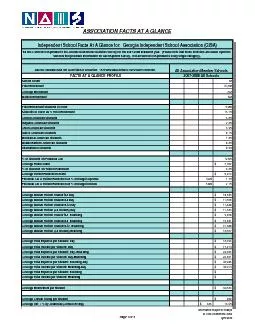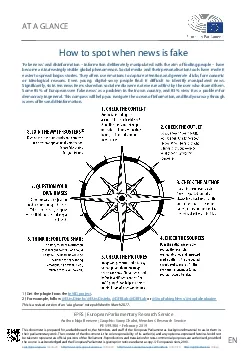PDF-Education at a Glance OECD Indicators DOI ht tpdx
Author : olivia-moreira | Published Date : 2014-10-14
doiorg101787eag 2011 en OECD 2011 Under embargo until 13 September at 1100 Paris time 57411574555746157454574605745857465573765745457455574605744557376 574155745857445574455744357445
Presentation Embed Code
Download Presentation
Download Presentation The PPT/PDF document "Education at a Glance OECD Indicators D..." is the property of its rightful owner. Permission is granted to download and print the materials on this website for personal, non-commercial use only, and to display it on your personal computer provided you do not modify the materials and that you retain all copyright notices contained in the materials. By downloading content from our website, you accept the terms of this agreement.
Education at a Glance OECD Indicators DOI ht tpdx: Transcript
Download Rules Of Document
"Education at a Glance OECD Indicators DOI ht tpdx"The content belongs to its owner. You may download and print it for personal use, without modification, and keep all copyright notices. By downloading, you agree to these terms.
Related Documents

